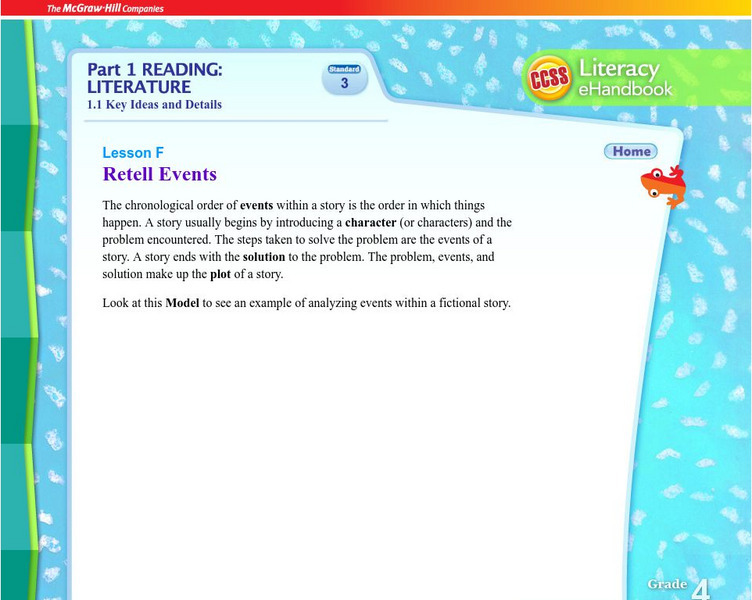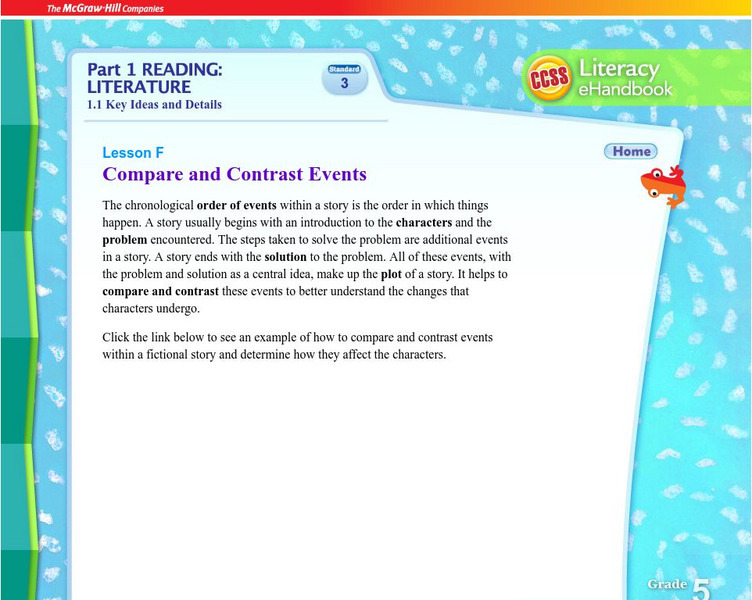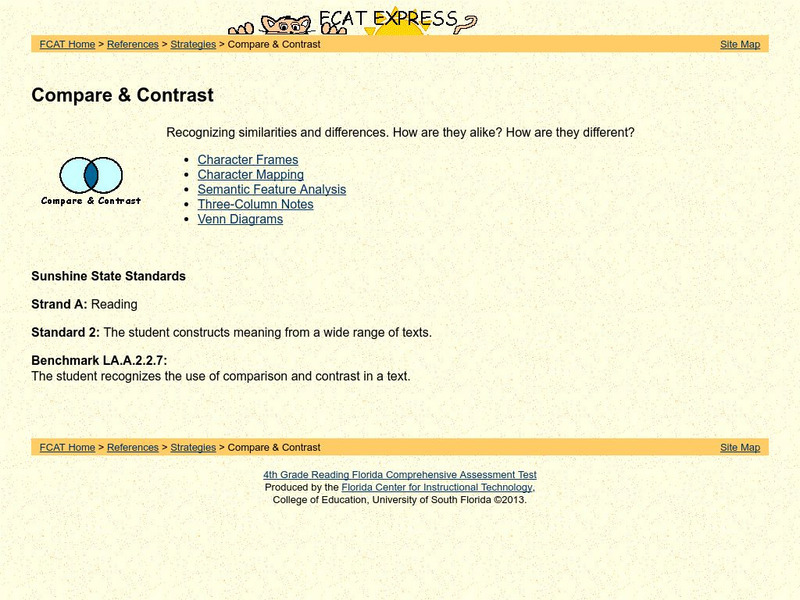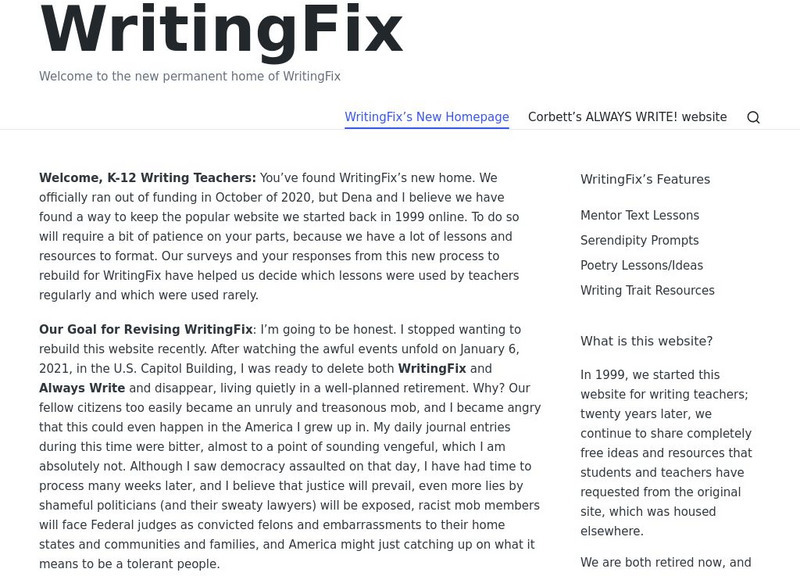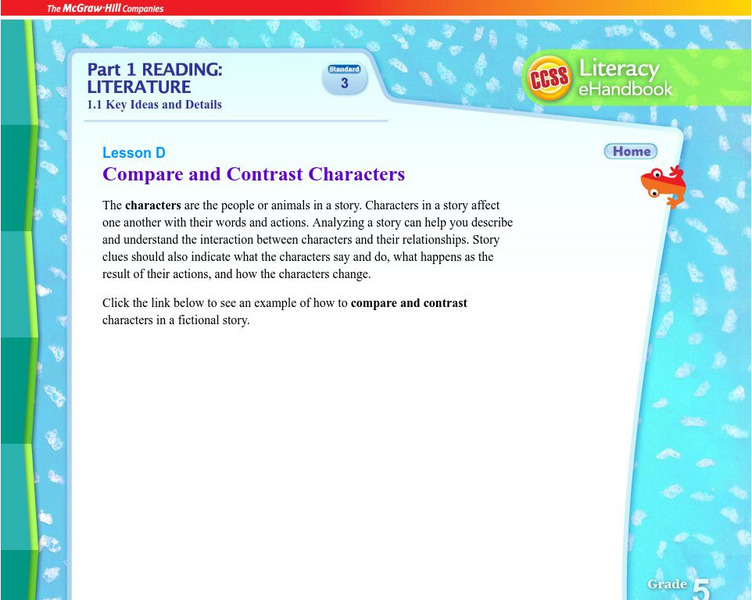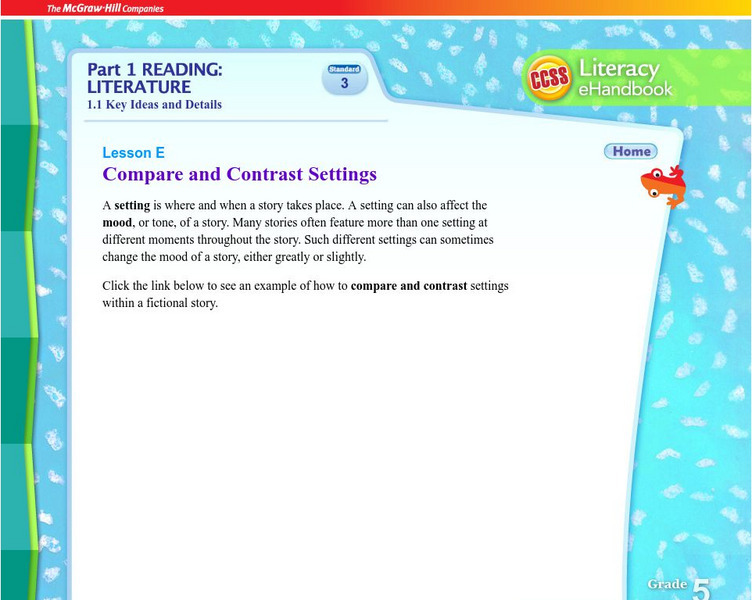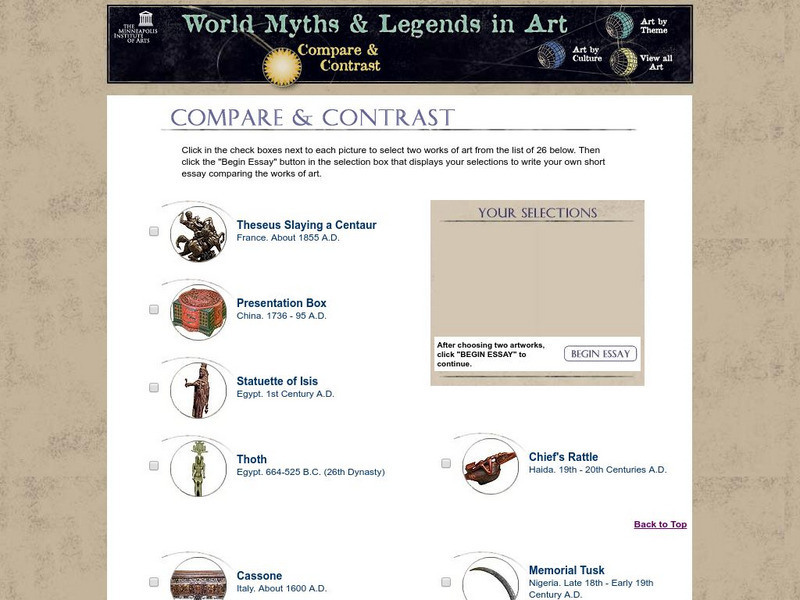Read Works
Read Works: Bridge to Terabithia 5th Grade Unit
A Grade 5 literature study unit for the novel "Bridge to Terabithia" by Katherine Paterson. The concepts covered include cause and effect, character, genre, plot, predicting, and theme.
Other
Curriculum Associates: Comparing and Contrasting Texts [Pdf]
In these activities, students are asked to compare and contrast two versions of each event with two pieces of writing that are about the same topic. Teaching notes with answer keys are provided as well.
Utah Education Network
Uen: One True Story, Told Two Ways
Analyze the different perspectives presented by two authors telling the same story.
Writing Fix
Writing Fix: Responding to Comparison/contrast: Compare/contrast Essay [Pdf]
This PDF lesson focuses on writing a comparison/contrast essay, which is a great format for helping learners think deeply about two ideas or concepts with multiple similarities and differences. This type of essay has four-parts -1) an...
E Reading Worksheets
E Reading Worksheets: Setting Worksheets
In this learning module, students will study the concept of setting in literary text. Worksheets and PowerPoint lessons are provided to help students practice with finding "settings" and then citing reasons that support their answers.
Curated OER
Mc Graw Hill: Part 1 Reading: Literature: Describe Characters
A reference guide on how to analyze characters in a story.
Curated OER
Mc Graw Hill: Part 1 Reading: Literature: Retell Events
Retelling a story shows a student's comprehension. Use this site to test your knowledge of how to retell events that happen in a story.
ReadWriteThink
Read Write Think: Book Report Alternative: Examine Story Elements Using Comic Stri
Comic frames are traditionally used to illustrate a story in a short, concise format. In this instructional activity, students use a six-paneled comic strip frame to create a story map, summarizing a book or story that they have read....
ReadWriteThink
Read Write Think: Using Picture Books to Teach Characterization
Contains plans for two or three lessons that ask students to examine characterization in picture books to use as models for their own writing. In addition to objectives and standards, this instructional plan contains links to sites used...
Quia
Quia: Literary Terms Quiz
In this self-scoring practice activity, students read four passages and select the main idea of each.
John F. Kennedy Center
The Kennedy Center: Arts Edge: What a Character!
In this lesson, students analyze how a character's personality traits, actions, and motives influence the plot of a story. Students also learn how storytellers use their face, body, and voice, as well as the five senses, to enhance the...
McGraw Hill
Mc Graw Hill: Part 1 Reading: Literature: Compare and Contrast Events
Compare and contrast are skills students need to have to comprehend a text. Learn how to compare and contrast events on this site.
University of South Florida
Fcat Express: Compare & Contrast
Strategies to help students recognize similarities and differences provided by a standardized test preparation site intended for fourth grade. Includes strategies such as Character Frames, Character Mapping, Semantic Feature Analysis,...
Writing Fix
Writing Fix: Actions Speak Louder Than Words
After hearing and discussing an excerpt from Sharon Creech's Walk Two Moons, students will plan to create a unique description of a character that uses memorable actions that "show" a person's character. They will brainstorm verbs that...
Curated OER
Mc Graw Hill: Part 1 Reading: Literature: Compare and Contrast Characters
Learn how to compare and contrast characters on this site. Understand how comparing and contrasting characters is important for reading comprehension.
Curated OER
Mc Graw Hill: Part 1 Reading: Literature: Compare and Contrast Settings
To comprehend a story, students need to be able to compare and contrast the setting. Learn how to compare and contrast setting in this reference article.
Writing Fix
Writing Fix: Counting Up or Down Stories
The writer will brainstorm situations where individuals or people in a group count up or count down out loud together. Using the ending of chapter 5 of Wringer by Jerry Spinelli as a model, the writer will plan a story where someone (or...
E Reading Worksheets
E Reading Worksheets: Character Types Worksheets and Lessons
This online learning module offers lessons about "characters" and practice exercises about "characters" in stories. These lessons are organized according to the grade levels to which they apply.
E Reading Worksheets
E Reading Worksheets: Character Traits Project
In this learning module, students will learn more about learn more about character traits. Directions and rubrics for a group project are provided to reinforce the understanding of character traits. This module is designed to support...
E Reading Worksheets
E Reading Worksheets: Story Structure Activities
This learning module provides remediation and extra practice with analyzing story structures. Reinforcement for story structures is provided through the two PowerPoint lessons, three quizzes, and four different worksheets.
Birmingham Grid for Learning (UK)
Birmingham Grid for Learning: Story Telling: Cinderella
Click through a book to read and view illustrations of the story "Cinderella." Click the links below the book to open word documents with additional activities focusing on the characters, setting, sequencing, illustrations, line...
Annenberg Foundation
Annenberg Learner: Sequence
Listen to an explanation about the series of events in Cinderella. Then look at some pictures where the story's events are all mixed up and put them in the correct order.
Wisconsin Response to Intervention Center
Wisconsin Rt I Center: Story Writing Frames [Pdf]
Teachers will learn how to use story writing frames with their students. Teachers will learn how to implement story frames; measure progress with story frames; and find research to support using story frames. A reproducible story frame...
Minneapolis Institute of Arts
Minneapolis Institute of Arts: World Myths and Legends in Art: Compare/contrast
Students choose two works of art from twenty-six choices available. Each work has a picture followed by brief factual information. Students compare and contrast the two works based on information presented with both words and pictures....
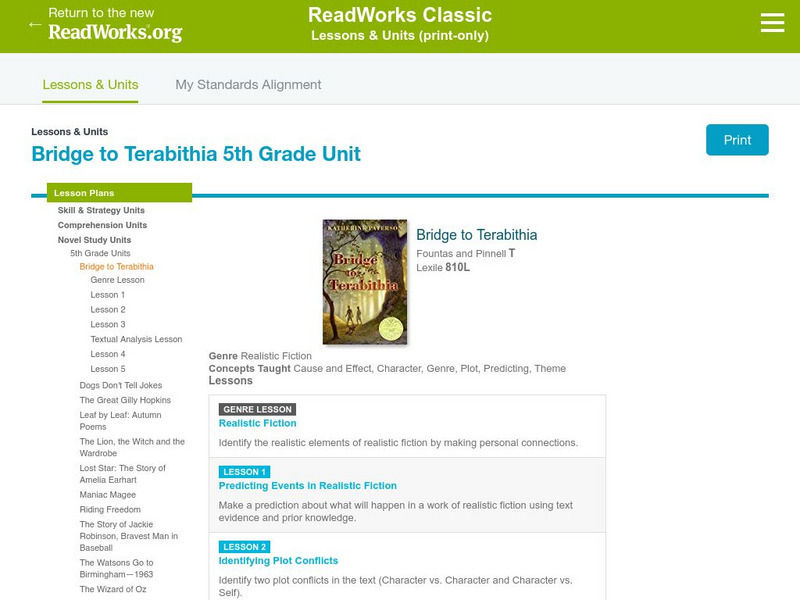
![Curriculum Associates: Comparing and Contrasting Texts [Pdf] Lesson Plan Curriculum Associates: Comparing and Contrasting Texts [Pdf] Lesson Plan](https://d15y2dacu3jp90.cloudfront.net/images/attachment_defaults/resource/large/FPO-knovation.png)

